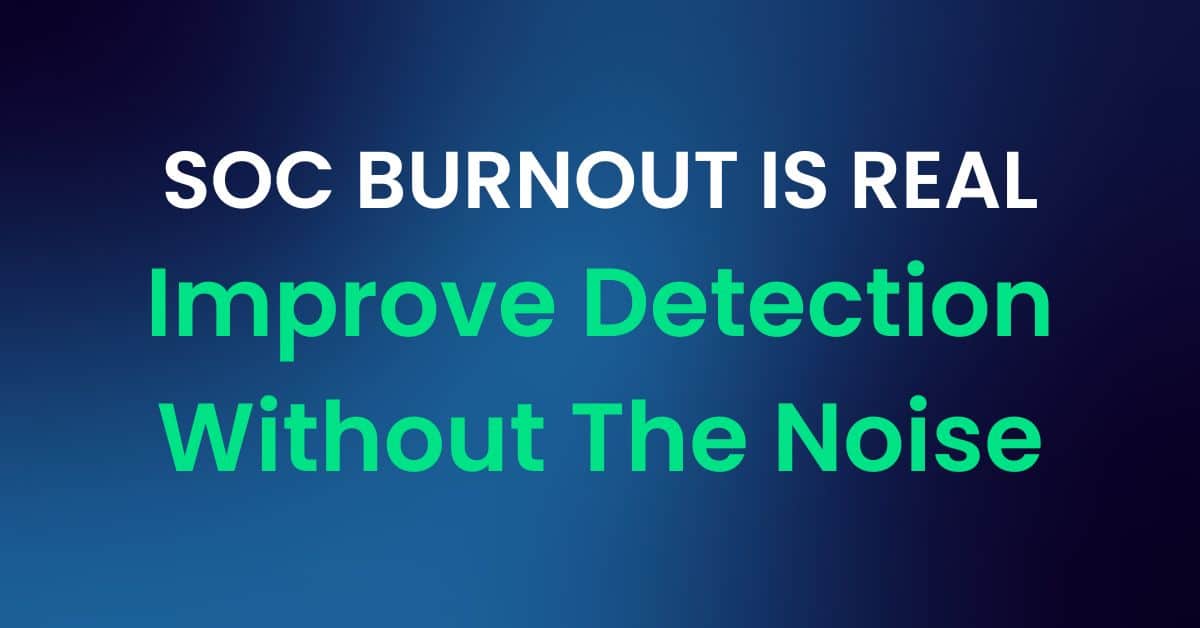“Too many alerts mean missing the real threats.” Alert fatigue is one of the top threats to a SOC’s performance. When everything looks like a threat, nothing does. The tradeoff is disabling rules, overly tuning rules, or simply ignoring alerts just to stay afloat. The risk? High-value, low-noise threats slip through the cracks.
The Analyst’s Reality
- Overwhelming Alert Volume: Every detection rule, every log spike, every edge case becomes another ping.
- Blunt Prioritization: Without context, analysts can’t tell which alerts pose a true risk.
- Fatigue and Burnout: Constant suppression becomes the norm, and signal-to-noise ratios stay abysmal.
How Graylog Rewrites Detection Priorities
Graylog’s Threat Prioritization Engine goes beyond Alert Risk-Prioritization by incorporating multiple points of context and automatic evidence collaboration to surface true threats:
- Business Context: Graylog ‘s Assets are an identity-construct to capture all logs for a user or system across different representations of that identity (e.g., email address, user account, domain account for the same user). Rather than assign risk based on the individual attributes of a single detection, Graylog’s threat prioritization engine reviews all events and alerts targeting the Asset, along with the context of what the asset is to the business (e.g., a domain controller or a test system).
- Exposure Awareness: Graylog’s Threat Prioritization Engine also recognizes the vulnerability state of the system from your VMS reports. Even if recognized exploits are not linked to known vulnerabilities, if there is smoke there is fire, deserving attention via investigation.
- Adversary Informed Defense: Graylog maps threat detection activity against known adversary campaigns, identifying when current signals relate to prior campaign steps—even if they occurred days, weeks, or months apart.
The result? Alerts are scored and prioritized based on real-world risk, not just rules firing.
The Analyst Advantage
- Triage Smarter: Focus on high-risk assets, versus individual alerts, to triage multiple alerts at once prioritized on the users or systems with the highest probability of compromise.
- See the Threat Landscape: Understand how individual events fit into broader campaigns.
- Reclaim Time: Spend less effort on false positives and more on threat hunting and tuning.
Graylog removes alert fatigue, prioritizes the activities most deserving of your attention, and enables time for more advanced security operation tasks.





